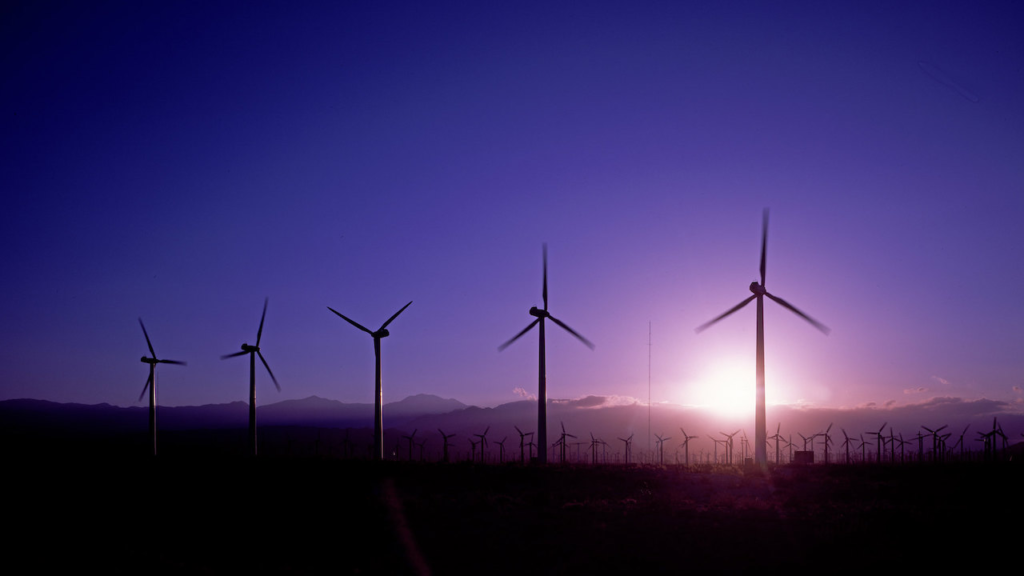Infinite Energy: The Dream That Could Become Reality?

Table of Contents
Infinite Energy Machines: Why Those Viral Videos Are Too Good to Be True?
Hey there, science nerds—ever scrolled through your social media feed and gotten sucked into one of those wild “infinite energy” machine videos? You know the type: funky motors whirring away like they’ve got a secret stash of magic juice, lighting up bulbs and powering gadgets with no plug or fuel in sight. They’re all over TikTok, YouTube, you name it—promising free energy like it’s a no-brainer fix for your electric bill. I’m a total science junkie, and yeah,
I’ve tumbled down that rabbit hole myself more times than I’d like to admit. But here’s the cold, hard truth: those claims are a big, fat nope. Let’s unpack why these perpetual motion dreams crash hard against the unforgiving wall of physics—and why, deep down, we’re still kinda hooked on believing them anyway.
The Allure of Free Energy: From Toys to TikTok

Picture this: a little desk toy, maybe one of those clacking Newton’s cradles or a ball looping endlessly through a track—cute, right? That’s the innocent, kiddie-pool version of the infinite energy idea. It’s hypnotic, watching that thing go round and round like it’s defying the universe.
Then there’s the deeper end of the pool—the sketchy viral videos showing engines in bizarre, cobbled-together setups, humming along like they’ve cracked the cosmic cheat code. Light bulbs flicker on, fans spin, and there’s not a power cord or gas tank to be seen. The creators strut their stuff, claiming they’re pumping out energy for free—some even drop whole video series, acting like they’re spilling the beans on the ultimate secret to infinite power.
It’s jaw-dropping, no doubt. But not in the “wow, that’s groundbreaking” way—more like “no way that’s legit.” Science has been tinkering with engines, generators, and every contraption under the sun for centuries, and the verdict’s been in since forever: free energy’s a fairy tale.
Those videos? They’re spinning a yarn taller than the Empire State Building stacked on Mount Everest. But here’s the spooky twist—I want to buy it. Who wouldn’t? A machine churning out endless juice isn’t just about dodging utility bills—it’s a glimmer of hope, a middle finger to the slow grind of everything falling apart. It’s like finding a loophole in life’s rulebook, and dang, that’s tempting.
The Grim Truth: Everything Fades, and Physics Doesn’t Care

Let’s get real for a hot minute. We’re stuck in a world where stuff just doesn’t last. Machines rust into sad, creaky heaps—think of that old lawnmower in your garage that groans like it’s begging for retirement. Batteries fizzle out, leaving your phone gasping at 1% right when you need it most. And our own bodies?
They start creaking and slowing down as the years pile on, like a car with too many miles on the odometer. Energy’s no exception—it doesn’t just pop out of thin air to keep the party going forever. The dream of a perfect engine—one that runs eternally, spitting out power like a bottomless well—is humanity thumbing its nose at nature’s expiration date.
Part of me aches to dodge that ticking clock. Imagine a world where nothing wears out, where we’re not racing against decay. But the other part—the one that’s paid attention in science class—knows it’s a lost cause. Yep, buckle up, ‘cause we’re diving into existential territory—surprise! This isn’t just about motors; it’s about us wrestling with the big “why” of everything winding down. Inventors have been chasing this ghost for over 1,200 years, and spoiler alert: they’ve all hit the same brick wall.
A History of Hope: Perpetual Motion’s Long, Winding Road

Let’s hop in the time machine for a sec. Way back in the 12th century, the Indian mathematician and astronomer Bhaskara sketched out a wheel he swore would spin forever. His idea? A circle of spokes with mercury-filled tubes, sloshing around to keep the whole thing twirling like a fidget spinner on steroids.
Cool concept, but it didn’t work—gravity and friction laughed in his face. Then there’s Villard de Honnecourt, a 13th-century French artist with a knack for doodling big dreams. His “Perpetual Motion” sketch showed a wheel with weights swinging like trapeze artists, supposedly tipping the balance to keep it rolling nonstop. The title? Medieval clickbait at its finest. That wheel stopped faster than a kid’s wind-up toy with a busted spring.
For centuries, these gizmos popped up like carnival sideshows—more “ooh, shiny!” than “hey, this changes everything.” Think of them as the ancient equivalent of a viral stunt—fun to gawk at, but not exactly rewriting the laws of nature. Back then, energy wasn’t a hot topic. Nobody was sweating efficiency when wood fires and horse carts got the job done. It wasn’t until the Industrial Revolution kicked into gear that the perpetual motion game got serious—and that’s where the real science showdown begins.
The Industrial Revolution: Steam, Trains, and a Wake-Up Call
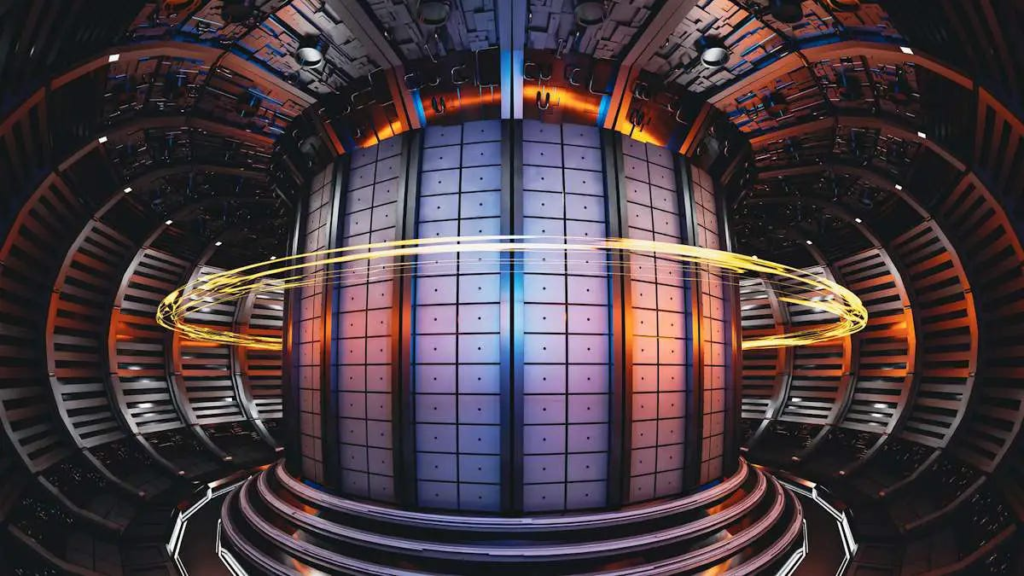
Fast-forward to the 18th century—bam, steam engines roll onto the scene like the rock stars of their day. Suddenly, the world’s stitched together by trains chugging across continents, puffing smoke like dragons on a mission. These iron beasts didn’t just move people—they hauled progress itself. But to keep them humming, folks had to crack the energy code.
Better energy smarts meant slicker trains, juicier factory output, and fatter wallets for everyone from coal barons to textile tycoons. It was a gold rush, and the prize was power—literal and figurative.
Enter thermodynamics, strutting in with a clipboard and a no-nonsense attitude. This field’s all about how energy morphs from one form to another, and it came with three big questions: How does energy move a train? How efficient is that process?
And what’s the best it could ever be, pie-in-the-sky style? Let’s break it down with the OG of power: the steam engine. Coal or wood heats water into high-pressure steam, itching to bust loose like a caged tiger. Stick pistons in its path, and that steam shoves them hard, spinning the train’s wheels—choo-choo! Then it cools back into water, ready for round two with a fresh blast of fuel.
Sounds slick, right? Here’s the gut punch: only 5% of that fuel energy actually moves the train. The other 95%? Poof—it’s useless heat, steaming away like a teapot on overdrive. It’s like scarfing one bite of a juicy burger and chucking the rest out the window—total waste. That’s where thermodynamics steps in to slap some sense into us, and it’s got two big rules that shut down the infinite energy hype once and for all.
Thermodynamics 101: No Free Rides, Ever

First up, the first law of thermodynamics—aka the “no free lunch” rule. It’s got three parts, so listen close. One: Energy comes in two flavors—work (the useful stuff that spins wheels or powers your phone) and heat (the trash that just warms things up). Two: Total energy’s just work plus heat—no sneaky third option hiding in the shadows.
Three, and this is the dagger: Energy doesn’t magic itself into existence. You want more juice in your engine? Feed it more fuel—coal, gas, whatever. That’s the conservation of energy, and it’s been the law of the land since the universe got its start.
This is why those internet “infinite energy” rigs are pure bunk. You can’t squeeze a gallon of orange juice from one measly orange, and you can’t crank out more work than the energy you shovel in. Those videos claiming they’ve got motors spitting out power from thin air? They’re either hiding a battery under the table or running on wishful thinking.
Centuries of experiments back this up—no physicist, engineer, or basement tinkerer’s ever built a machine that cheats this law. It’s the bedrock of everything—biology (your body burns food for energy), chemistry (reactions need a spark), even nuclear physics (stars don’t shine without fuel). Those free-energy motors? They’re dubbed “perpetual motion machines of the first kind”—fancy talk for “breaks the first law and doesn’t exist.”
The Second Law: Entropy’s the Real Boss in Town
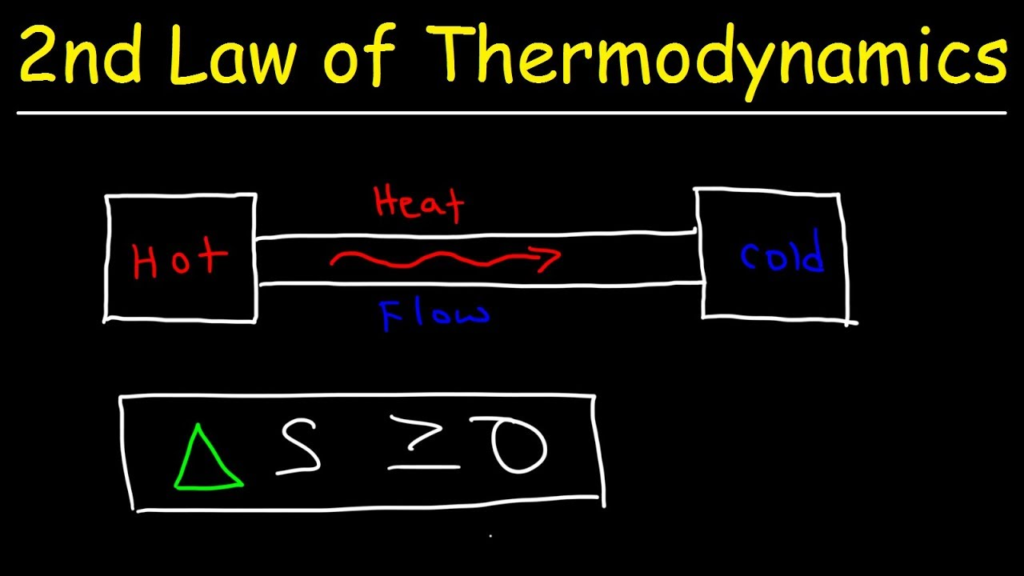
But wait—what about Villard’s wheel or those old-school designs? Don’t they just recycle energy forever? Nope—they slam headfirst into the second law of thermodynamics, the grim reaper of efficiency. Let’s circle back to steam engines—5% efficiency is pitiful, but how high can we climb?
Enter Nicolas Carnot, a French military engineer with a brain like a steel trap. In the 1820s, he dreamed up the perfect “Carnot engine”—a theoretical beast that’s the gold standard for efficiency. Spoiler: even that tops out at around 50% for steam, depending on temps—way better than 5%, but still losing half to heat.
Here’s the deal: Every engine, even the pie-in-the-sky best, bleeds some energy as useless heat. The second law says no machine’s 100% efficient—there’s no dodging that heat tax. Why? Entropy—that’s the universe’s bouncer, kicking useful energy out the door and turning it into a lukewarm mess.
Take Villard’s wheel: each spin loses a smidge to friction (creak!), clanking weights (thud!), or air resistance (whoosh!). Energy’s conserved, sure, but it’s not useful anymore—it’s just heat, drifting off like smoke. Sooner or later, that wheel grinds to a halt, no matter how clever the design.
Modern steam generators? They hit about 40% efficiency—40% of the fuel’s energy turns into electricity, which is solid compared to the old days. Cars hover around 20-30%, losing the rest to engine heat you can feel radiating off the hood. Even your phone’s battery isn’t perfect—some juice escapes as warmth while you’re scrolling.
The second law’s brutal truth? Every energy swap—cyclic or not—leaves a little heat behind. Perfect engines, dubbed “perpetual motion machines of the second kind,” are a pipe dream. Carnot proved even the best can’t hit 100%, and entropy’s why.
Entropy: The Universe’s Slow Fade to Black
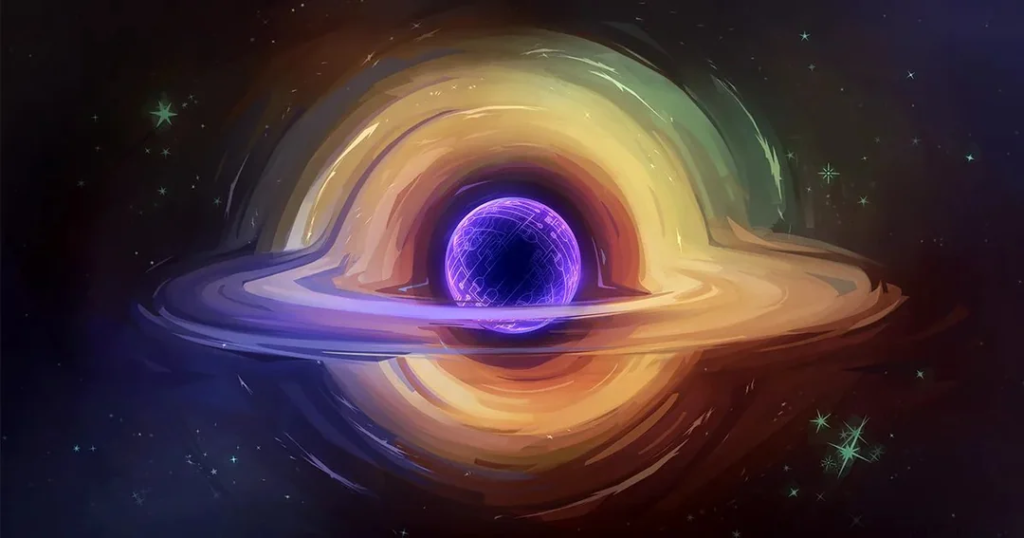
Let’s zoom out—way out. Entropy’s not just about engines; it’s the slow march to a universe where all energy’s just useless mush. Imagine a cosmic endgame: no motion, no life, just a vast, tepid soup of low-grade heat.
Scientists call it the “heat death” of the universe—every star burned out, every motor stalled, every bit of matter dissolved into faint radiation. That’s entropy maxed out, and the second law says we’re headed there, one wasted watt at a time. Motors stop, bodies age, and even your Wi-Fi router craps out eventually—entropy’s the tax collector, and it never misses a bill.
Those perpetual motion dreams, from Bhaskara’s mercury wheel to TikTok’s buzzing contraptions, are us shaking our fists at that fate. It’s not just physics—it’s us wrestling with endings. A machine that never quits feels like a shield against time, a way to thumb our nose at rust and ruin.
Over 1,200 years, inventors have poured heart and soul into this fight—think of Leonardo da Vinci sketching impossible gears or Robert Boyle tinkering with air pumps. They all wanted the same thing: a crack in the universe’s armor. But nature’s laws don’t budge—every spin slows, every hum fades.
The Modern Hustle: Scams in the Digital Age
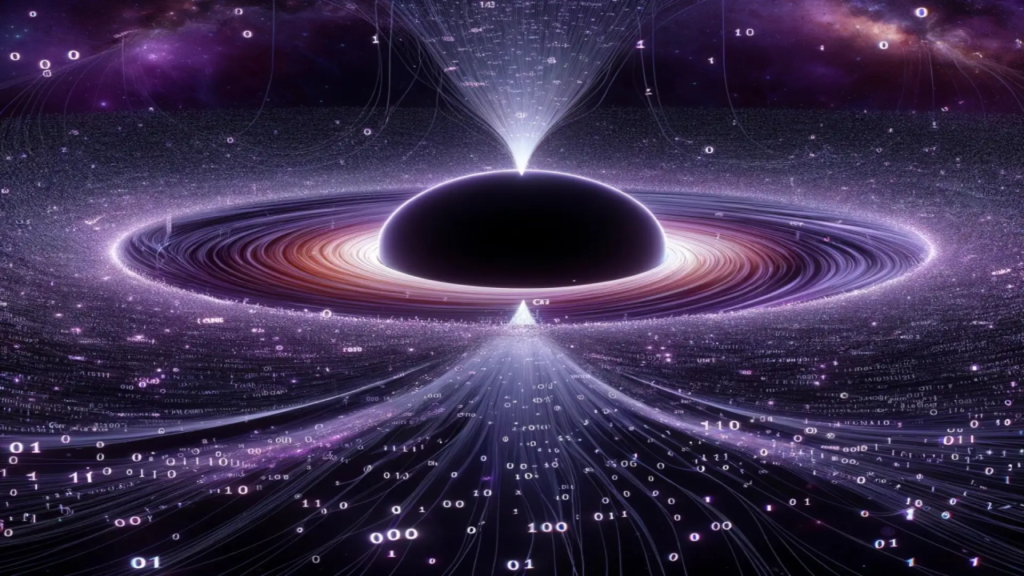
So, why do these “infinite energy” videos keep popping up like whack-a-moles? Simple: they’re catnip for dreamers—and a goldmine for grifters. Today’s perpetual motion scams have evolved from dusty workshop sketches to slick, algorithm-friendly clips.
You’ve got channels with millions of views, peddling blueprints or “secrets” for motors that supposedly tap the ether—or whatever buzzword sounds sciency enough to hook you. Some even hawk DIY kits, promising you’ll power your house off a gizmo that looks like a blender mated with a car battery.
Take the “quantum energy generator” trend—sounds fancy, right? Spoiler: it’s nonsense dressed up in tech jargon. Or those “magnet motors” claiming to harness invisible forces—usually, there’s a hidden power source or some sleight-of-hand editing. The first law says energy’s gotta come from somewhere, and the second law says it’ll leak away eventually.
These scams prey on our hope, banking on us skipping the fine print of physics for a shiny “what if.” And yeah, they’re raking in ad revenue or crowdfunding bucks while we’re left scratching our heads.
Why We Fall for It: The Human Angle

Let’s get personal—why do these ideas stick to us like glue? It’s not just about free power; it’s deeper. We’re wired to hate endings. Think about it: we build monuments to last, tell stories of immortality, and binge shows to avoid hitting “the end.”
A machine that never stops taps into that itch—it’s a whisper that maybe, just maybe, we can outrun the clock. I feel it too—every time I see one of those videos, there’s a split second where I think, “What if they’re onto something?” Then reality kicks in, and I’m back to thermodynamics class.
History’s littered with this longing. Medieval alchemists hunted the philosopher’s stone—not just for gold, but for eternal life. Today’s free-energy chasers are their heirs, swapping potions for pistons. It’s less about science and more about us clutching at straws against the inevitable. Entropy’s the bad guy in this story, and we’re desperate for a hero to punch it in the face. Spoiler: physics doesn’t do happy endings.
Busting the Myths: How to Spot the Fakes

So, how do you sniff out these scams without a PhD? Here’s a quick cheat sheet:
- No Fuel, No Go: If they’re claiming power with no input—gas, electricity, wind, nothing—red flag. The first law’s non-negotiable.
- Too Perfect: If it’s “100% efficient” or “runs forever,” it’s toast. The second law says heat loss is baked in.
- Secret Sauce: Vague talk of “hidden forces” or “suppressed tech”? Smells like a hustle—real science doesn’t hide behind conspiracy curtains.
- Show Me the Math: Legit breakthroughs come with data, not just flashy demos. Ask for the numbers; watch ‘em squirm.
Next time you’re tempted by a “free energy” clip, hit pause and think: Where’s the juice coming from, and where’s the waste going? Nine times outta ten, it’s a trick—battery tucked away, footage looped, or just plain BS.
Real Energy Wins: What Actually Works

Okay, enough doom and gloom—let’s talk real solutions. We might not get infinite energy, but we’ve got some heavy hitters. Solar panels soak up sunrays, turning light into electricity at 20-25% efficiency—way better than steam’s 5%. Wind turbines spin with the breeze, clocking 40-50% on a good day. Even nuclear power cranks out steady juice, though it’s got its own baggage. These aren’t perfect, but they’re grounded in physics—no smoke and mirrors required.
Want a practical takeaway? Skip the scam kits and invest in a solar setup or energy-efficient gear. Your wallet—and the planet—will thank you. Plus, you won’t be funding some grifter’s private jet. Thermodynamics might be a buzzkill, but it’s also the roadmap to stuff that actually works.
Wrapping It Up: The Endgame’s Inevitable
So, here we are—nature’s laws always win. Every engine quits, every battery dies, and yeah, every blog post wraps up. Those “infinite energy” videos are a fun detour, but they’re dead ends on physics’ highway.
Next time one pops up, give it a skeptical side-eye—it’s a cool story, but the universe isn’t buying it. What about you? Ever get sucked into the free-energy hype? Drop your thoughts below—I’m dying to hear ‘em! And if you’re hooked on science like me, stick around for more reality-checked goodness. Let’s keep the convo rolling!
See this good external article: https://www.ecoticias.com/en/infinite-energy-magnetic-power/11776/#google_vignette
See this another good article in our blog: https://techforgewave.com/wi-fi-7-breakdown-faster-stronger-and-ready/
